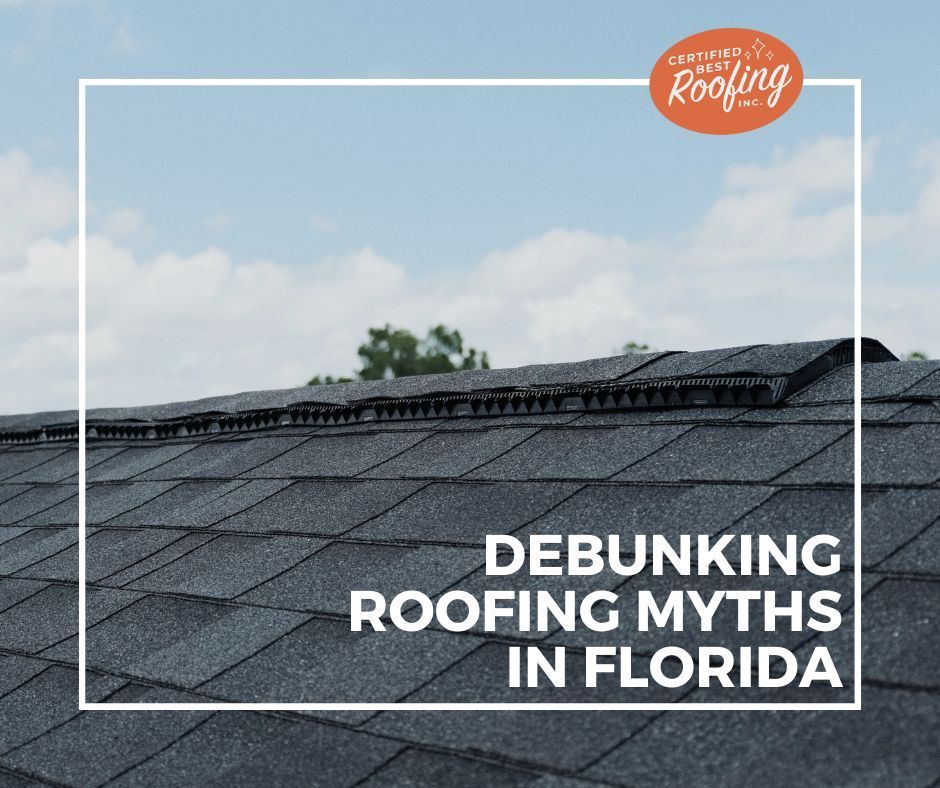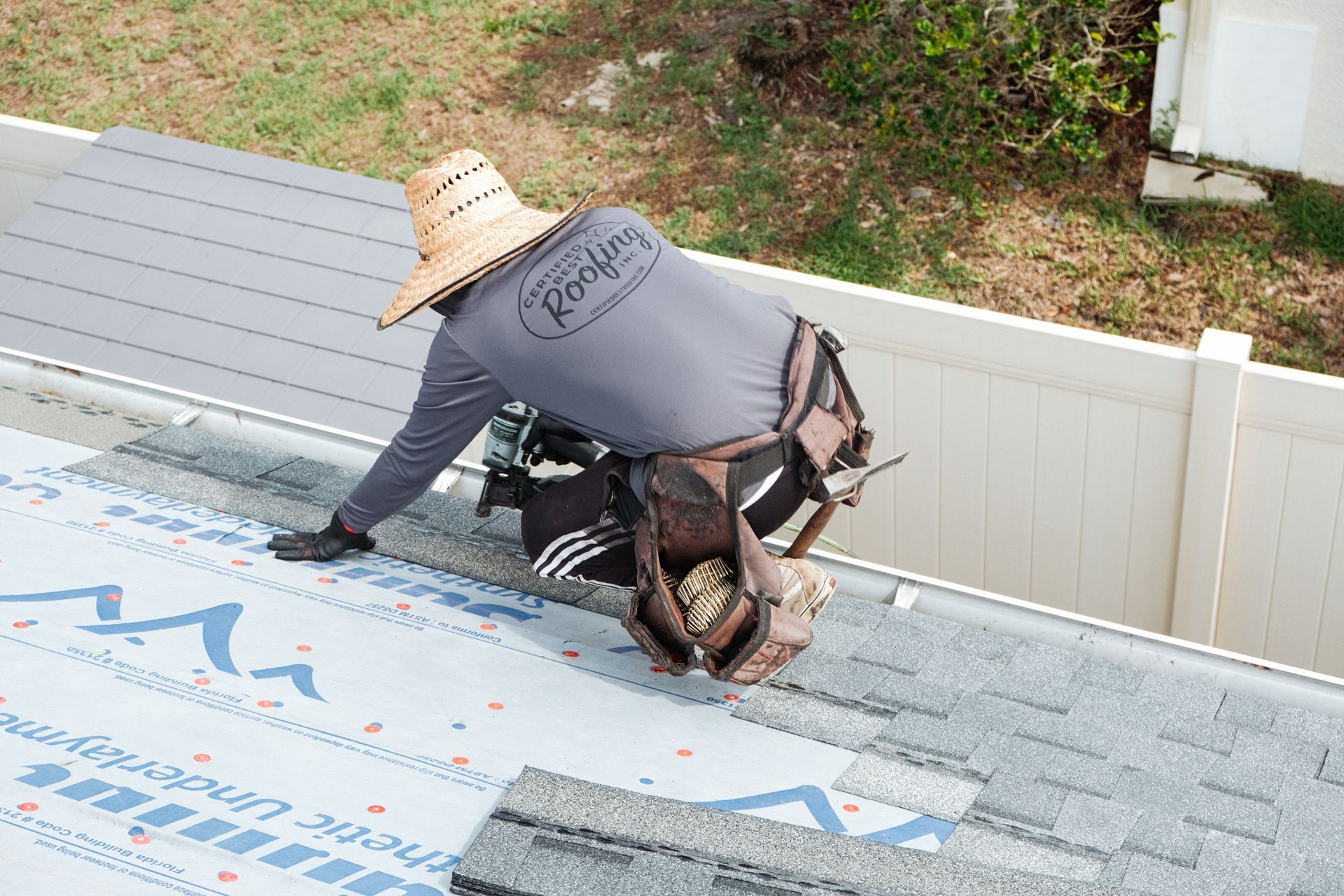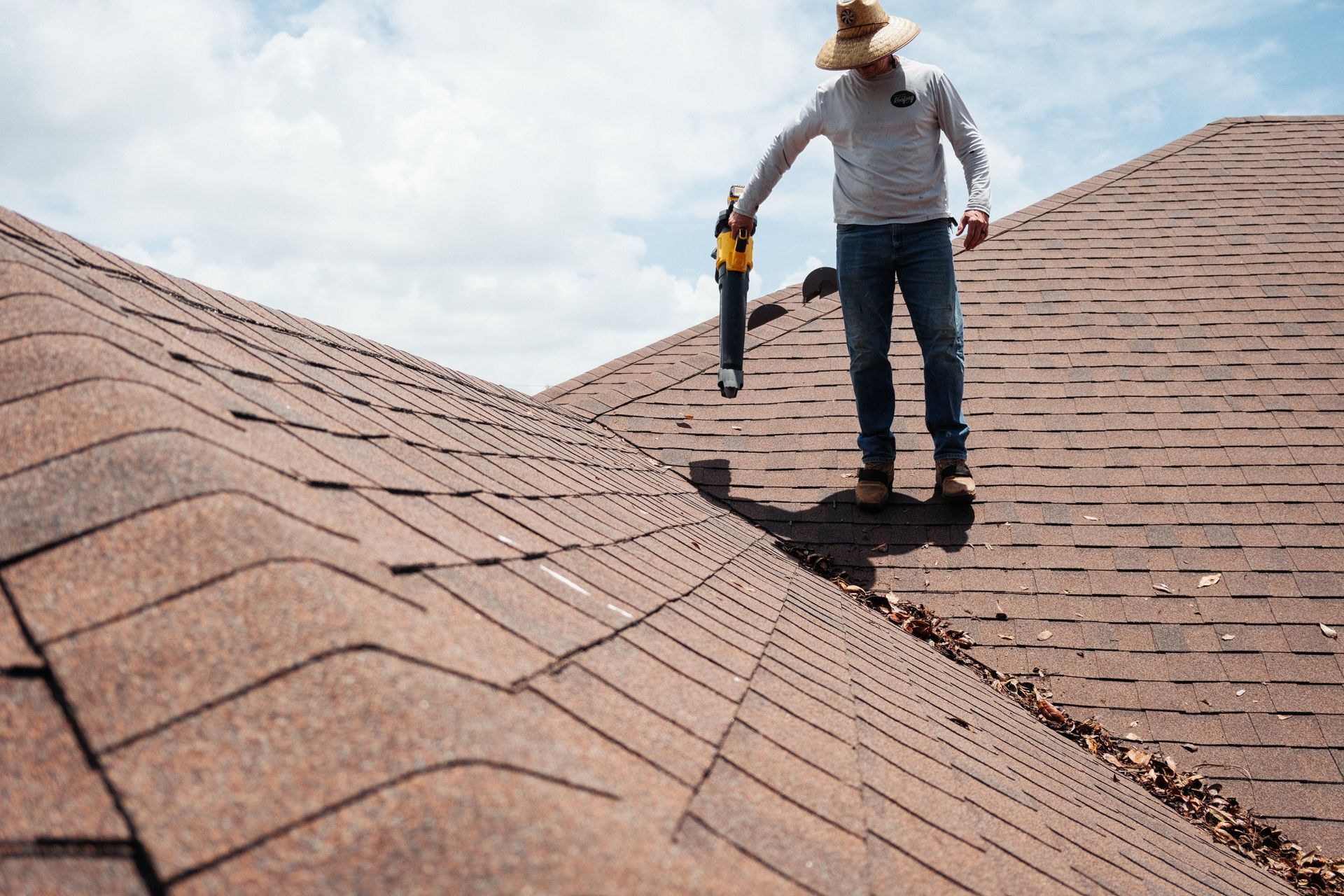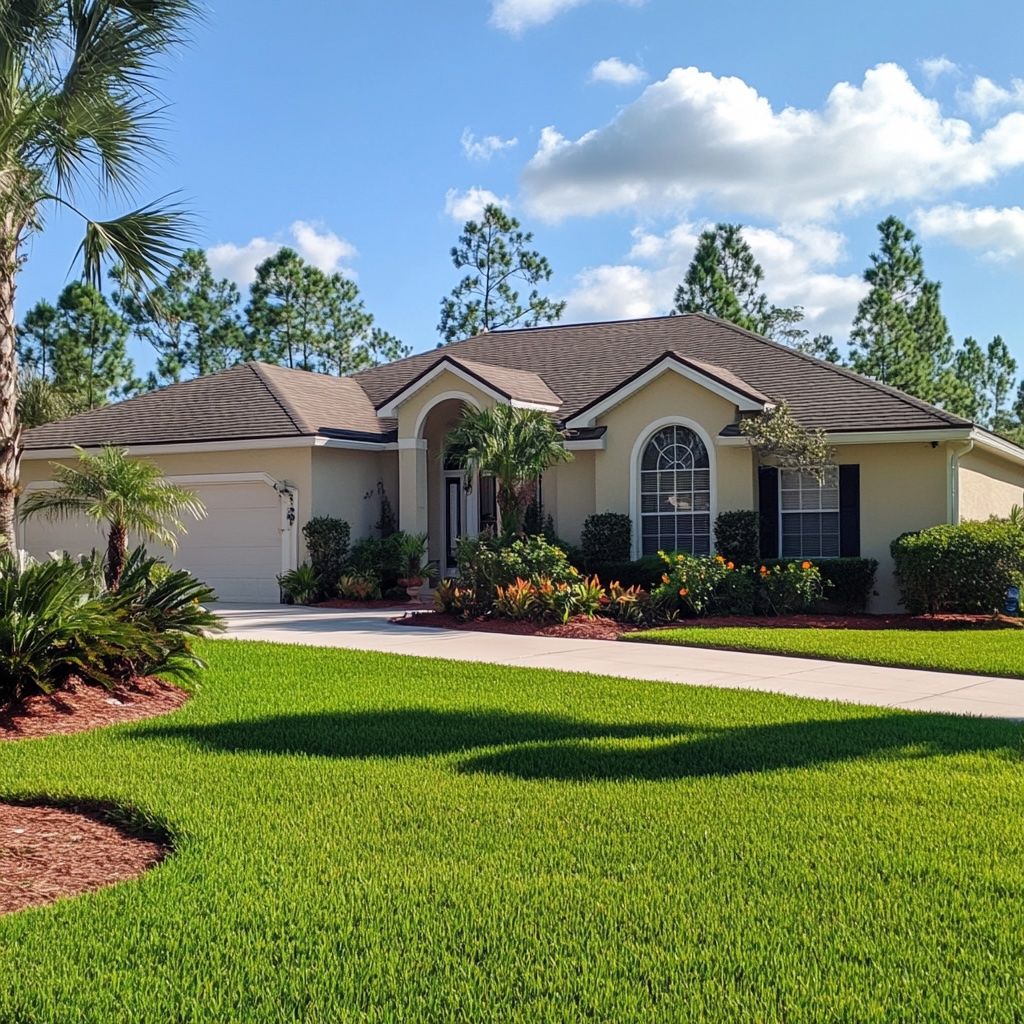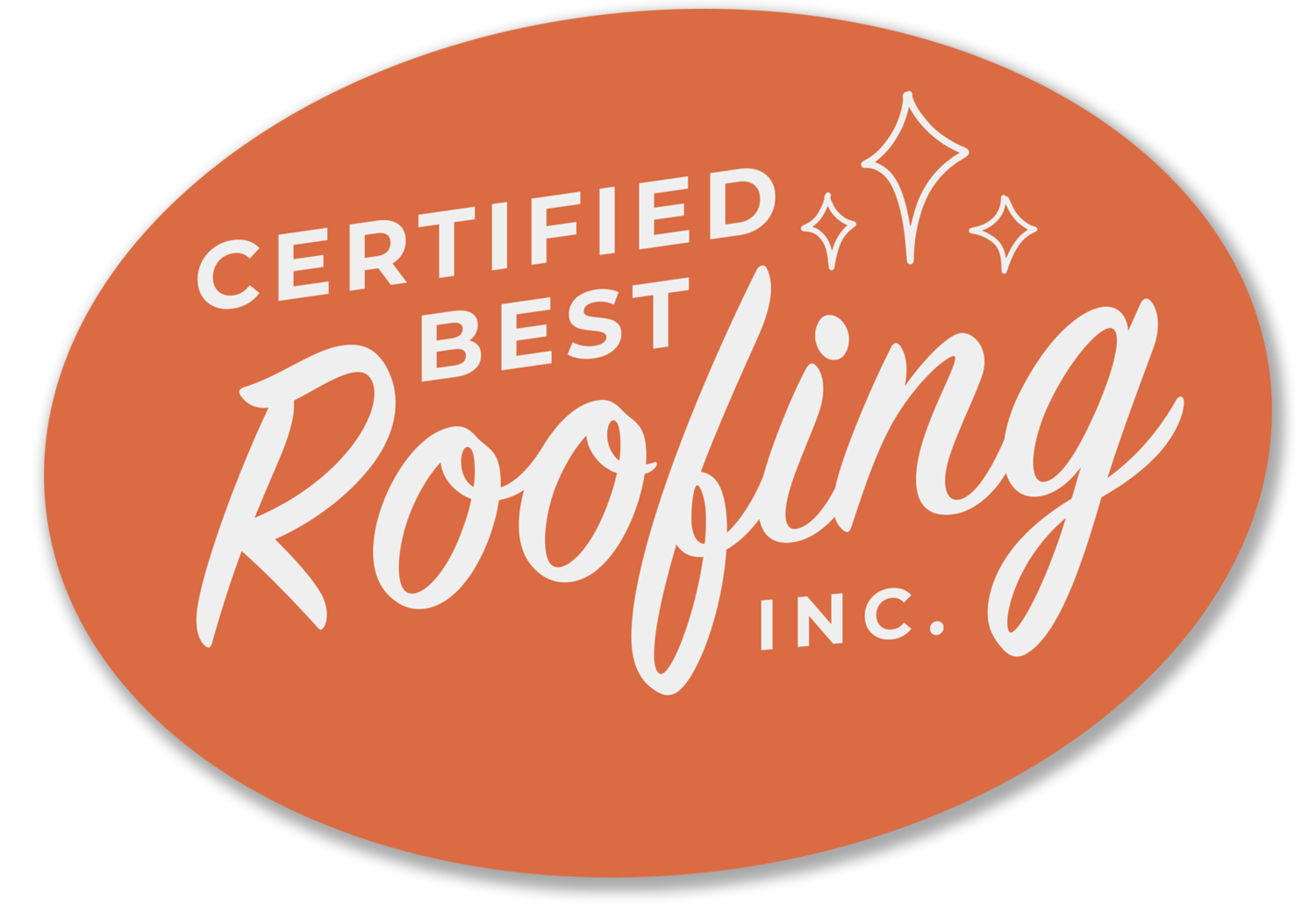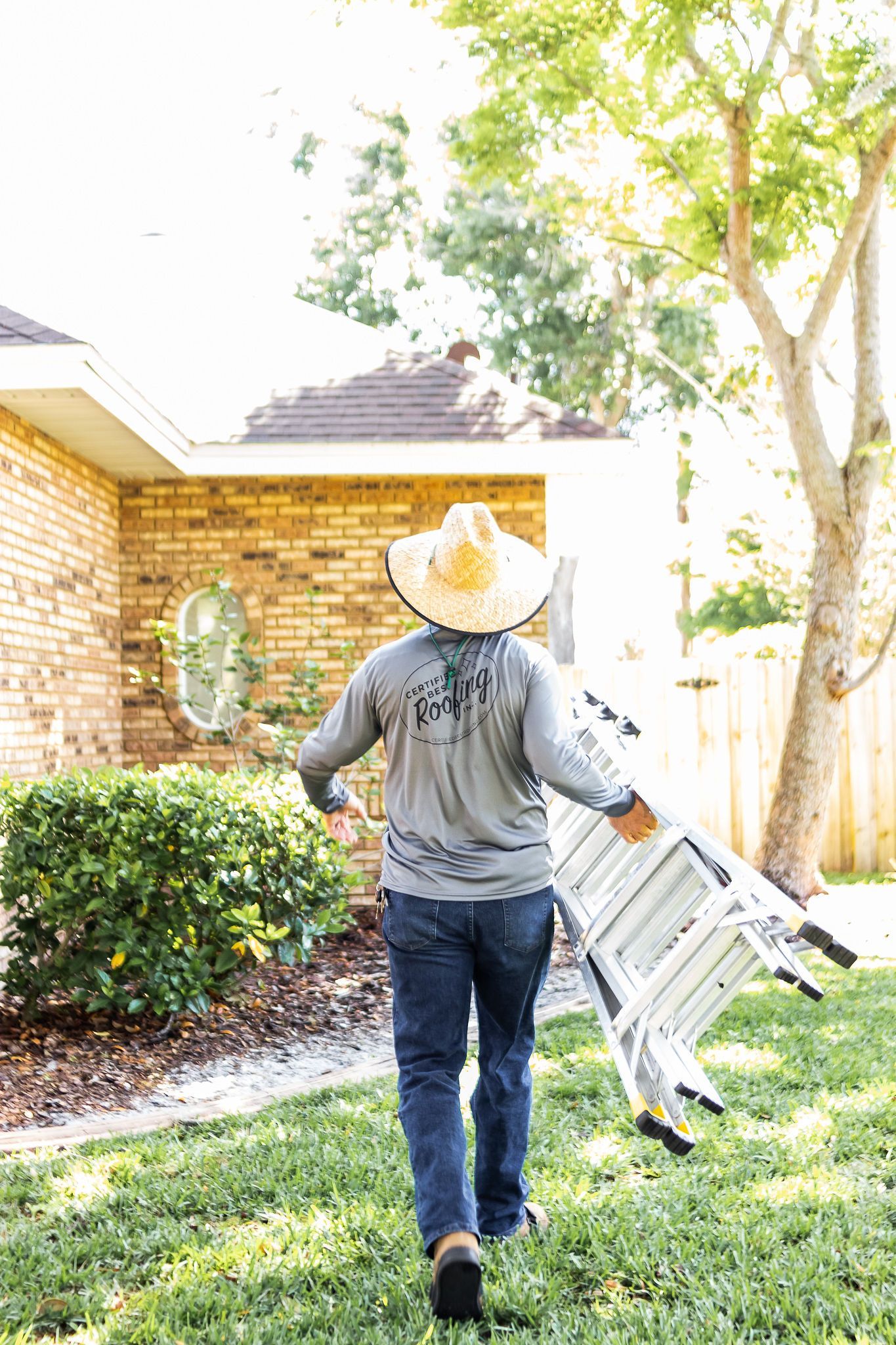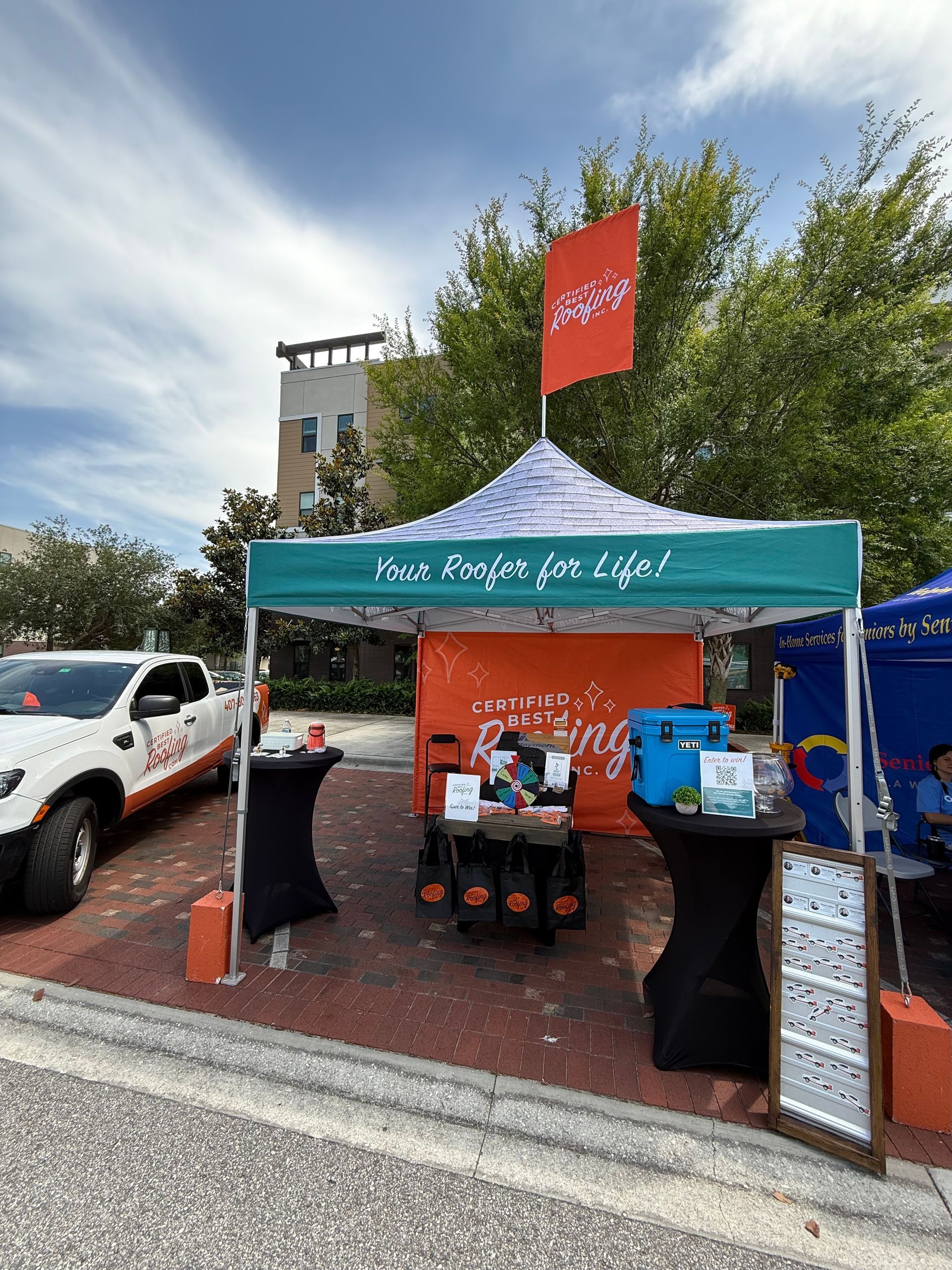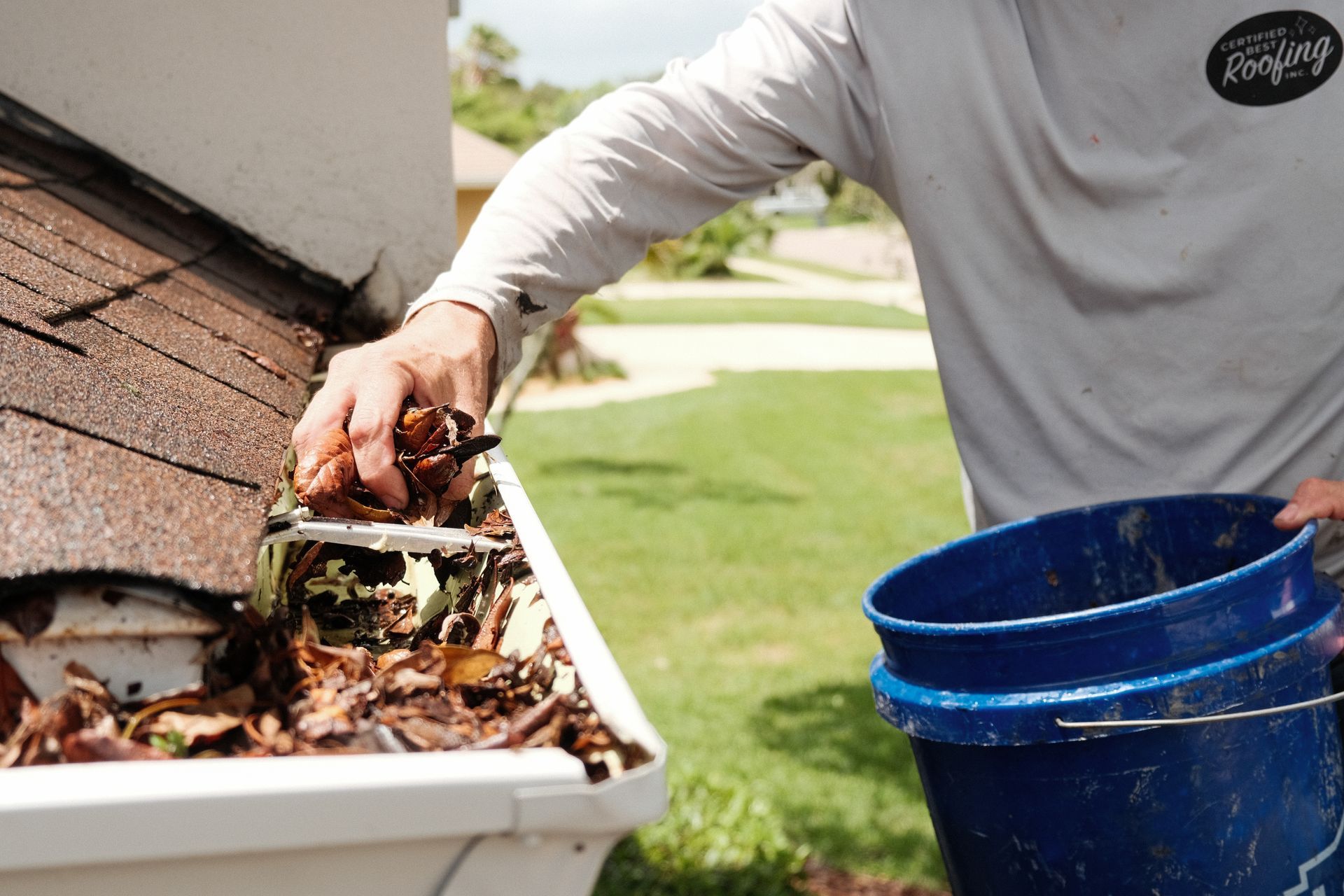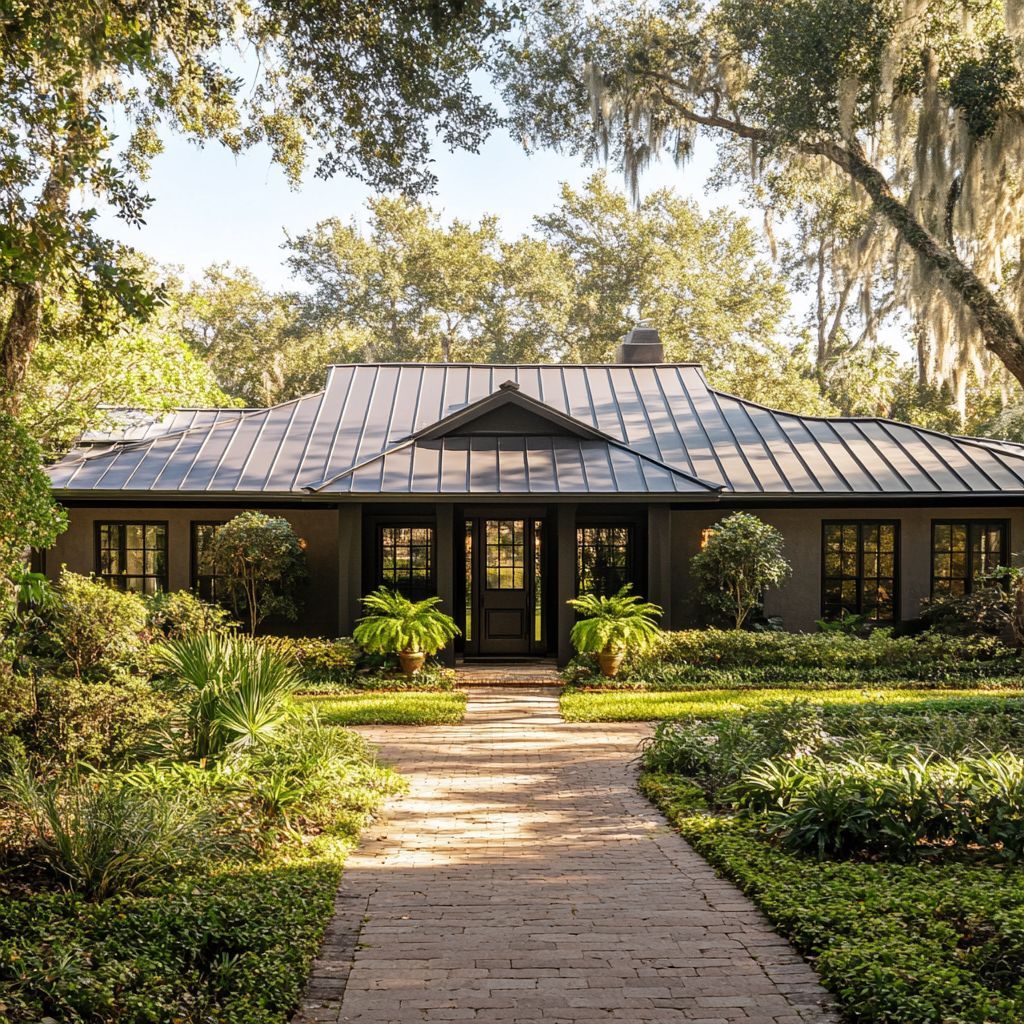How a Hurricane-Proof Roof Can Protect Your Investment
When you live in a region prone to hurricanes, it’s important to pay close attention to your roof. Hurricanes can bring strong winds, heavy rain, flying debris, and even tornadoes that spin off from the main storm. A roof that isn’t built to handle these tough conditions can leave your home vulnerable to serious damage. Not only can this damage be expensive, but it can also put you and your family at risk. A hurricane-proof roof can protect both your home and your peace of mind. In this blog, we’ll explore the key elements that make a roof more resistant to storms: storm-rated materials, proper underlayment, and reinforced fastening systems. We’ll also offer tips on how to choose the right roofing options that can stand up to hurricane-force winds. By the end, you’ll have a good idea of how to protect your investment and keep your home safe when bad weather arrives.
1. Understanding the Importance of a Hurricane-Proof Roof
A roof does more than just keep you dry when it rains, it shields your entire home. When a hurricane hits, powerful winds can rip off shingles, tiles, or metal panels that aren’t secured properly. Heavy rain can then pour in through openings, causing water damage to walls, insulation, and even the electrical system. Hurricanes also produce wind-driven debris that can strike your roof, breaking shingles or tiles and leaving holes in the roof deck. These problems, if not addressed, can lead to mold, rot, and structural damage that cost thousands of dollars to fix.
A hurricane-proof roof is designed to stay strong even in the face of extreme weather. It uses high-quality materials tested for impact and wind resistance, and it’s installed using methods that reduce the risk of wind lifting or peeling back the roof surface. With a roof built or upgraded to handle hurricanes, you’ll have fewer repairs after each storm, and you could even see lower insurance premiums if your insurer recognizes the value of your improved roofing system.
Plus, when you plan ahead, you can avoid the stress and panic that sometimes happen when a storm is on the way.
2. What Makes a Roof “Hurricane-Proof”?
The term “hurricane-proof” can be a bit misleading. No roof is absolutely guaranteed to survive every possible storm.
However, many roofing systems and methods can make your roof highly resistant to hurricane damage. Key features include:
- Storm-Rated Materials: Shingles or panels designed to stay in place when strong winds blow. These often come with higher wind speed ratings.
- Proper Underlayment: A waterproof layer under the main roofing material that prevents water from seeping into the roof deck if the top layer gets damaged.
- Reinforced Fastening Systems: Special nails, screws, or clips that secure roofing components more firmly than standard options.
Each of these elements works together to create a roof that’s less likely to fail under hurricane conditions. Even if one part takes a hit, the other parts can stop the damage from spreading. By focusing on all three areas: materials, underlayment, and fastening, you can significantly improve your roof’s strength.
3. Storm-Rated Materials: Shingles, Metal, and More
Asphalt Shingles:
Many people choose asphalt shingles because they’re affordable and come in a variety of colors. But not all asphalt shingles are the same. For hurricane-prone areas, look for “architectural” or “dimensional” shingles. They’re thicker and heavier than standard 3-tab shingles, which makes them less likely to fly off in a storm. Some shingle manufacturers also produce impact-resistant shingles tested against debris. These shingles can handle wind speeds of 130 mph or more, though you’ll need to check the product label or ask your contractor for specifics.
Metal Roofing:
Metal roofs have become increasingly popular in hurricane zones, and for good reason. They’re strong, long-lasting, and can handle wind speeds over 140 mph when installed correctly. Metal panels usually come in aluminum, steel, or sometimes copper. Aluminum is lightweight and resists corrosion, making it a good choice for coastal areas with salty air. Steel panels can be heavier and may need extra support, but they’re also very tough. Metal roofing often includes protective coatings that help stop rust and reflect heat, which can lower your energy bills. Although metal roofs can be more expensive to install, their durability and long lifespan often make them a smart investment.
Tile and Concrete:
Whether made of clay or concrete, are common in many coastal areas. They offer a classic look and can resist fire and insects. However, if they’re not installed properly, tiles can crack, or they can become loose and fall off in high winds. Concrete tiles tend to be a bit heavier and can offer strong protection against wind, but they may need an upgraded roof structure to handle the weight. If you already have a tile roof, making sure each tile is firmly attached with the correct fasteners can greatly reduce the chance of damage.
4. Proper Underlayment: The Hidden Hero
When people talk about roof upgrades, they often focus on what you see on top, like shingles or metal panels. But the underlayment underneath is just as crucial. Underlayment is a waterproof or water-resistant layer that covers the roof deck (usually plywood or OSB board). If your main roofing material is damaged, the underlayment can stop water from pouring into your attic.
Types of Underlayment:
- Felt Paper (Asphalt-Saturated): This traditional underlayment is less expensive but can tear if exposed to wind and rain for too long.
- Synthetic Underlayment: Made from plastics like polypropylene or polyester, this underlayment is stronger and more durable than felt. It’s also lighter and easier to install.
- Peel-and-Stick Membranes: These have an adhesive backing and stick directly to the roof deck. They form a strong seal that water can’t easily get through, making them ideal in hurricane areas.
A high-quality underlayment is especially important in Florida and other storm-prone regions. If wind rips off some shingles, a tear-resistant, waterproof underlayment can be the difference between a quick repair and major interior damage.
5. Reinforced Fastening Systems: Holding It All Together
Even the best roofing material can fail if it’s not secured properly. In hurricane-force winds, fasteners like nails, screws, or clips do the critical job of keeping materials in place. Here are some common methods:
- Ring-Shank or Spiral-Shank Nails: These nails have ridges or twists that offer more grip than smooth nails. They’re often recommended for high-wind areas because they’re less likely to pull out.
- Screws with Gasketed Washers: Metal roofing panels often use screws with a rubber gasket under the head. This rubber seal helps keep water out and provides a stronger hold.
- Hurricane Clips or Straps (for the Roof Structure): Aside from fastening your shingles or panels, you also need to ensure the roof frame (rafters or trusses) is well-connected to the walls. Metal clips or straps can anchor the roof to the building’s structure, reducing the risk of it lifting off in strong winds.
Before you decide on a fastener system, check local building codes, which might require specific types of nails or screws for roofs in high-wind zones. A professional roofer experienced in hurricane-resistant construction can guide you toward the best choices for your area and your budget.
6. Planning for Upgrades or New Installations
If your roof is due for replacement, or if you’re building a new home in a hurricane-prone area, consider investing in the best materials and methods you can afford. While it may cost more upfront, a stronger roof can save you a lot in the long run, through lower repair bills, fewer insurance hassles, and maybe even discounts on your homeowner’s insurance. Be sure to:
- Get Multiple Quotes: Compare prices and methods from at least three licensed roofers who understand local codes and conditions.
- Ask About Wind Ratings: Whether you’re choosing shingles, metal panels, or tiles, make sure they’re rated for the wind speeds common in your region.
- Discuss Underlayment Options: Ask if synthetic or peel-and-stick underlayment might be worth the extra cost for better protection.
- Check the Fine Print on Warranties: Some warranties require certain installation methods or fasteners. If your roofer cuts corners, you might lose out on warranty coverage.
7. Maintenance and Regular Inspections
A hurricane-resistant roof isn’t a “set it and forget it” solution. Over time, weather and normal wear can weaken even the strongest materials. That’s why regular check-ups are important:
- Annual Inspections: Have a professional roofer look for loose shingles, rust on metal panels, or cracks in tiles at least once a year.
- After-Storm Checks: If a tropical storm or hurricane has passed, a quick inspection can catch minor damage before it turns into a big problem.
- Keep Gutters Clean: Clogged gutters can cause water to back up under your roof’s edge, leading to rot or leaks. Clearing them out can help your roof shed water properly.
- Trim Trees and Remove Debris: Loose branches can break off in high winds and damage your roof. Keeping trees trimmed and clearing leaves or dirt off your roof prolongs its life.
8. Dealing with Insurance Companies
If you upgrade your roof to be more hurricane-resistant, it’s worth contacting your insurance company to see if you qualify for lower premiums. Some insurers offer wind mitigation discounts for homes that meet certain standards, like high-wind-rated shingles or hurricane clips. You might need an inspection from a certified wind mitigation inspector to prove your home meets the requirements.
On the flip side, if your roof is damaged by a hurricane or tropical storm, you’ll want to file a claim as soon as possible.
Document everything with photos or videos, and keep receipts for any temporary repairs you make (like tarping a hole in the roof). A well-documented case can help speed up the claims process. Plus, if your roof was built or upgraded to meet local hurricane codes, insurance adjusters are more likely to pay out for any damage it suffers during a covered event.
9. The Role of Local Building Codes
Local building codes in hurricane-prone areas aim to protect homeowners and businesses from storm damage. These codes often require higher wind ratings for roofing materials, as well as specific installation methods. While it might be tempting to cut costs by going with cheaper materials or fewer fasteners, doing so may violate code and leave your roof at risk. If something goes wrong, you might have trouble filing an insurance claim or selling your home later. In some cases, you might also face fines for not following local regulations.
To make sure your roof meets or exceeds code requirements, hire a contractor who stays up-to-date with the latest standards. They’ll know how many nails per shingle are necessary, what type of underlayment passes code, and how to use hurricane straps correctly. By respecting these rules, you’re not just following the law, you’re also increasing your home’s protection during storms.
10. Common Misconceptions About Hurricane-Proof Roofs
Misconception 1: “A hurricane-proof roof will cost a fortune.”
While storm-rated materials and special fasteners can be more expensive, they’re not always wildly out of reach. Also, the long-term savings on repairs and possible insurance discounts often make up for the extra investment.
Misconception 2: “Once I install a high-wind-rated roof, I can ignore maintenance.”
No matter how good your roofing materials are, they still need regular inspections and upkeep. Leaves, branches, and other debris can wear down even the strongest roof over time.
Misconception 3: “If my roof meets code, it’s 100% protected.”
Meeting code is a great start, but no system is absolutely guaranteed to withstand every possible hurricane. A massive Category 5 storm with record-breaking winds can challenge even the best-prepared roofs.
11. How to Find a Trustworthy Contractor
A big part of building a hurricane-proof roof is choosing the right contractor. Don’t trust just anyone with your most important shield against storm damage. Here’s what to look for:
- Valid License and Insurance: Confirm the contractor’s license number and ask for proof of liability and workers’ compensation insurance.
- Local Experience: Contractors familiar with your region’s weather and building codes can recommend the best materials and methods.
- Written Estimates and Contracts: Look for a detailed breakdown of materials, labor costs, warranties, and timelines.
- References and Reviews: Ask for references from previous customers who had roofs installed or repaired. Read online reviews, but stay alert for fake ones.
Meeting with more than one contractor and comparing bids is wise. The cheapest option might not always give you the best quality, especially in a high-wind area. Spending a bit more upfront on a trusted contractor can save you from expensive repairs after the first big storm.
12. Final Thoughts: Protecting Your Investment
Your home is likely one of your biggest investments, and a strong roof is key to protecting that investment from hurricanes. By choosing storm-rated materials, using proper underlayment, and reinforcing your roofing system with high-quality fasteners, you create a barrier that stands a better chance against high winds, flying debris, and torrential rain. Regular maintenance and inspections keep your roof in top shape, while following local codes and working with a reliable contractor ensures the job is done right.
In the end, no roof is completely invincible, but you can significantly reduce the risk of major damage. Think of these steps, upgraded materials, secure fasteners, and good underlayment, as layers of defense. Even if one layer gets damaged, another layer can help stop water from entering your home. By being proactive, you can avoid huge repair bills, lower your stress during hurricane season, and protect your loved ones.
If you’re ready to upgrade or replace your roof with hurricane-resistant features, reach out to a knowledgeable, licensed roofing contractor in your area. It’s a decision you won’t regret when the next big storm looms on the horizon. The peace of mind you gain from knowing your roof can handle harsh conditions is well worth the extra effort and cost.
